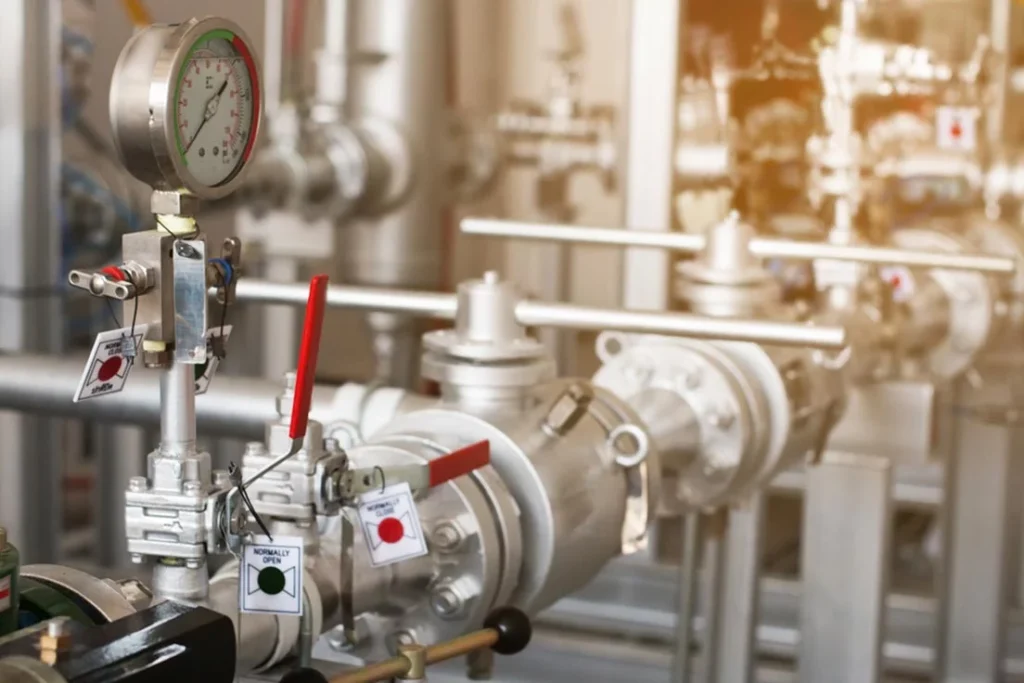Smart Pipeline Monitoring: The Future of Oil & Gas Infrastructure

In today’s dynamic energy landscape, the need for smarter and safer pipeline infrastructure has never been greater. With the surge in oil and gas demand, companies must ensure that transportation is efficient, cost-effective, and above all, safe. Enter smart pipeline monitoring — a revolutionary approach transforming the traditional oil and gas infrastructure into a highly responsive and intelligent system.
The Rise of Smart Monitoring Smart pipeline monitoring involves the integration of Internet of Things (IoT) sensors, artificial intelligence (AI), and real-time data analytics to oversee pipeline health and performance. These technologies enable operators to detect anomalies, predict potential failures, and perform maintenance proactively.
Key Components of Smart Monitoring Systems
IoT Sensors: Installed throughout the pipeline network, these sensors monitor variables such as pressure, flow rate, temperature, and vibration. Data collected is transmitted in real-time.
AI and Predictive Maintenance: By analyzing patterns in the data, AI systems can forecast issues like leaks or corrosion before they occur.
Remote Surveillance: Integrated cameras and drones provide visual oversight, especially in remote or hazardous regions.
Benefits for the Middle East Energy Sector Gasify Middle East is committed to integrating these technologies across its infrastructure projects. The benefits include:
Reduced downtime and operational costs
Enhanced worker and environmental safety
Real-time insights for quicker decision-making
As the Middle East continues to be a global leader in energy production, the adoption of smart pipeline monitoring is a strategic step forward for companies that aim to lead in both innovation and safety.
